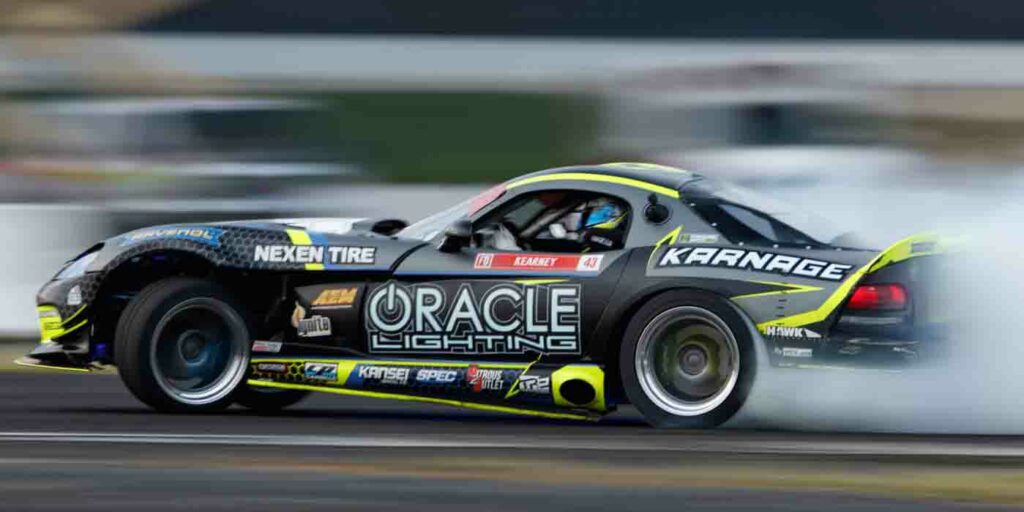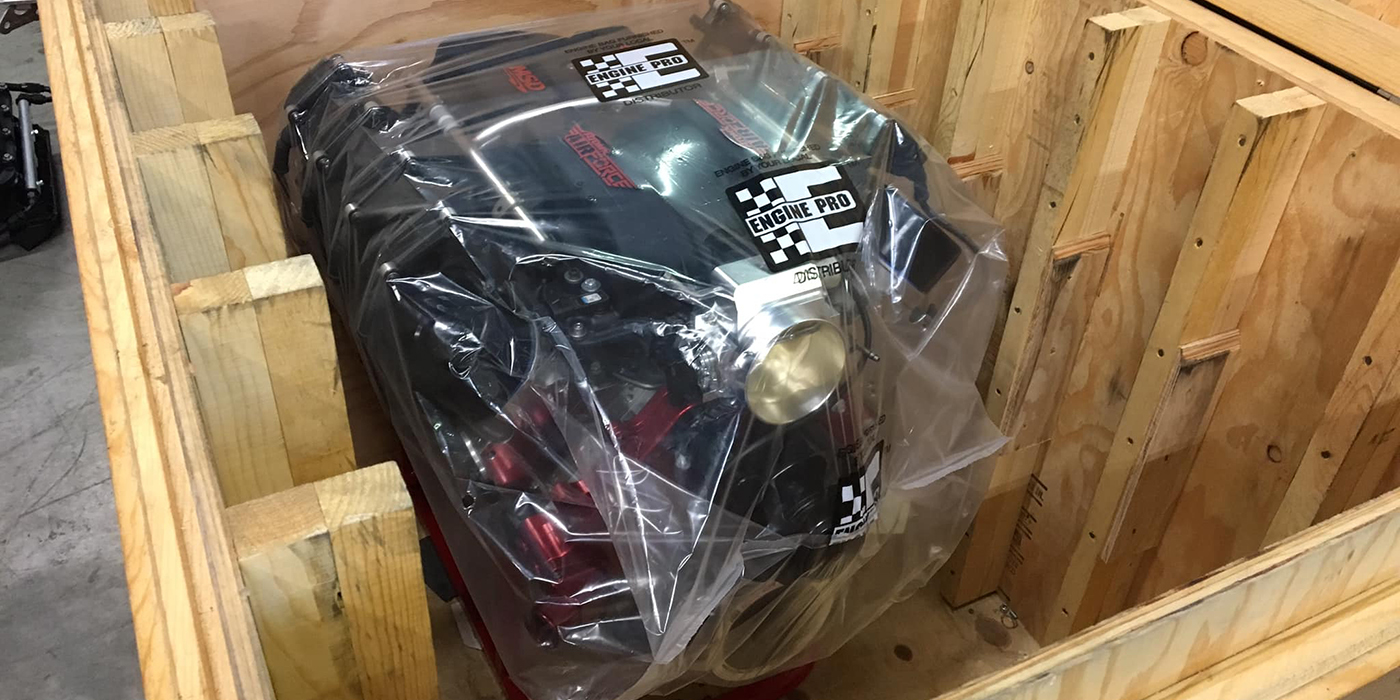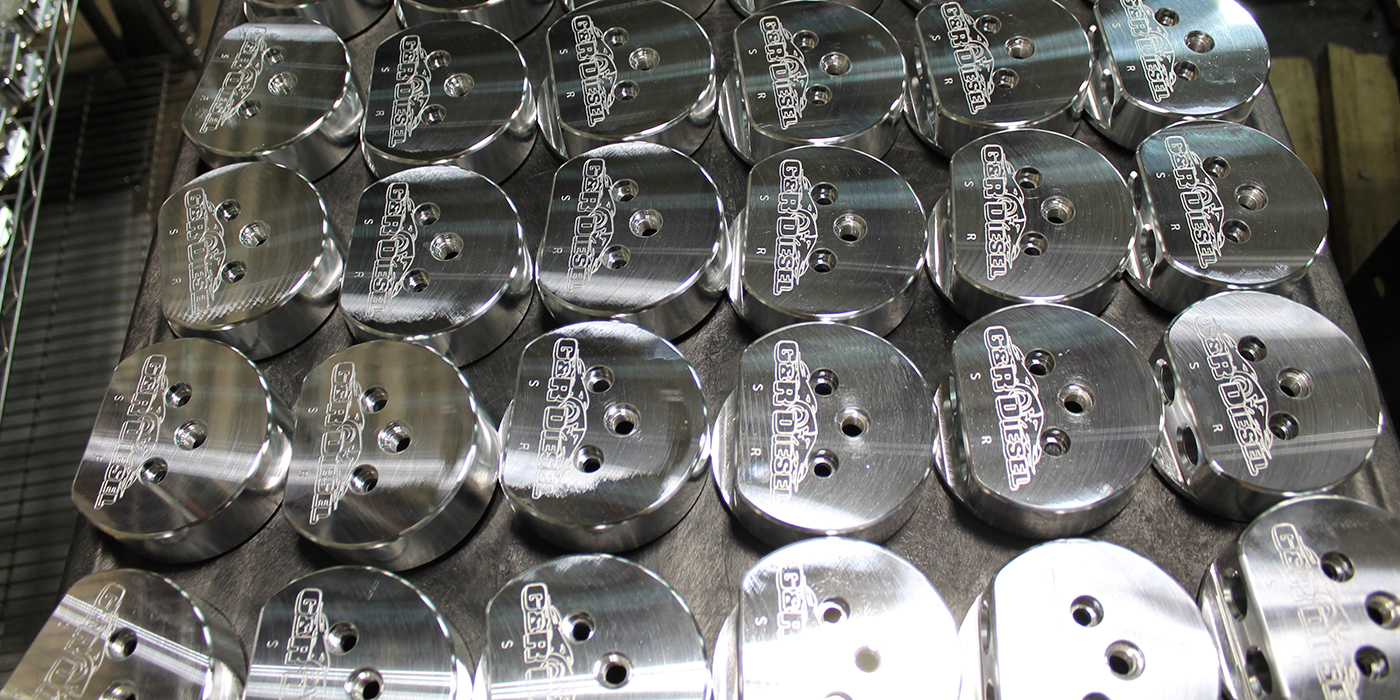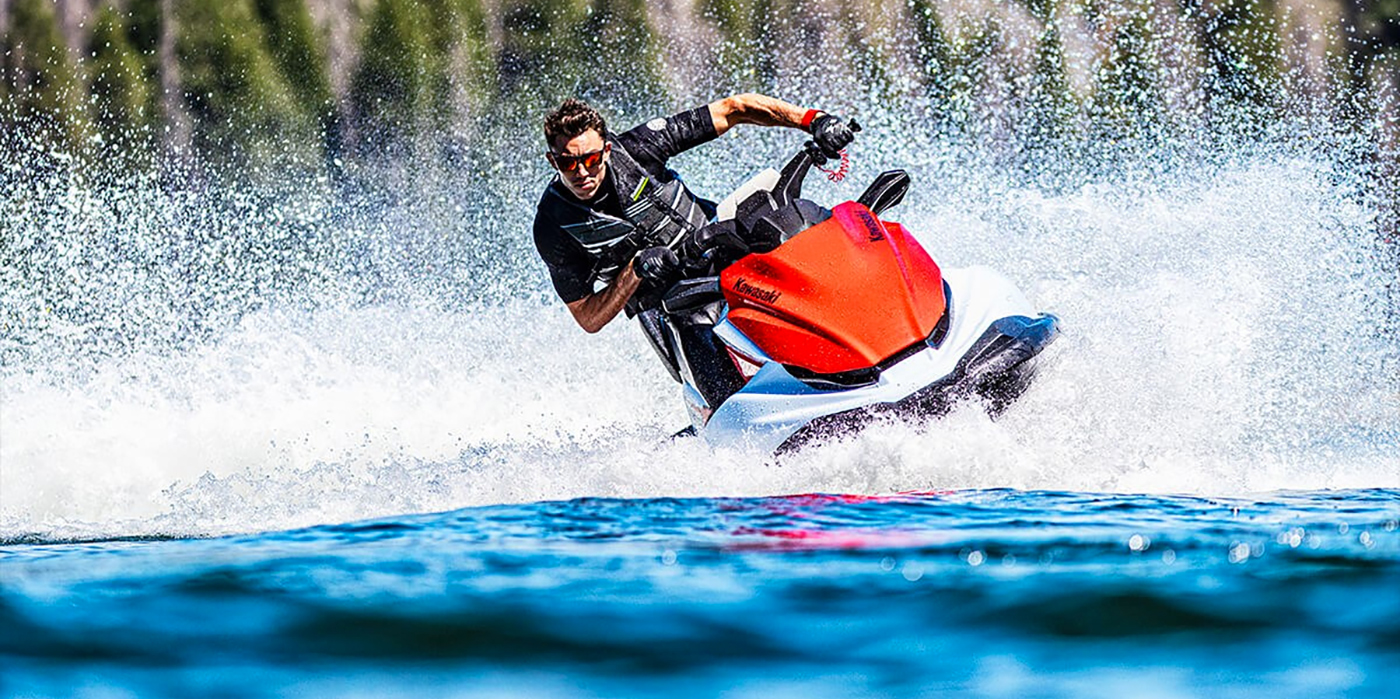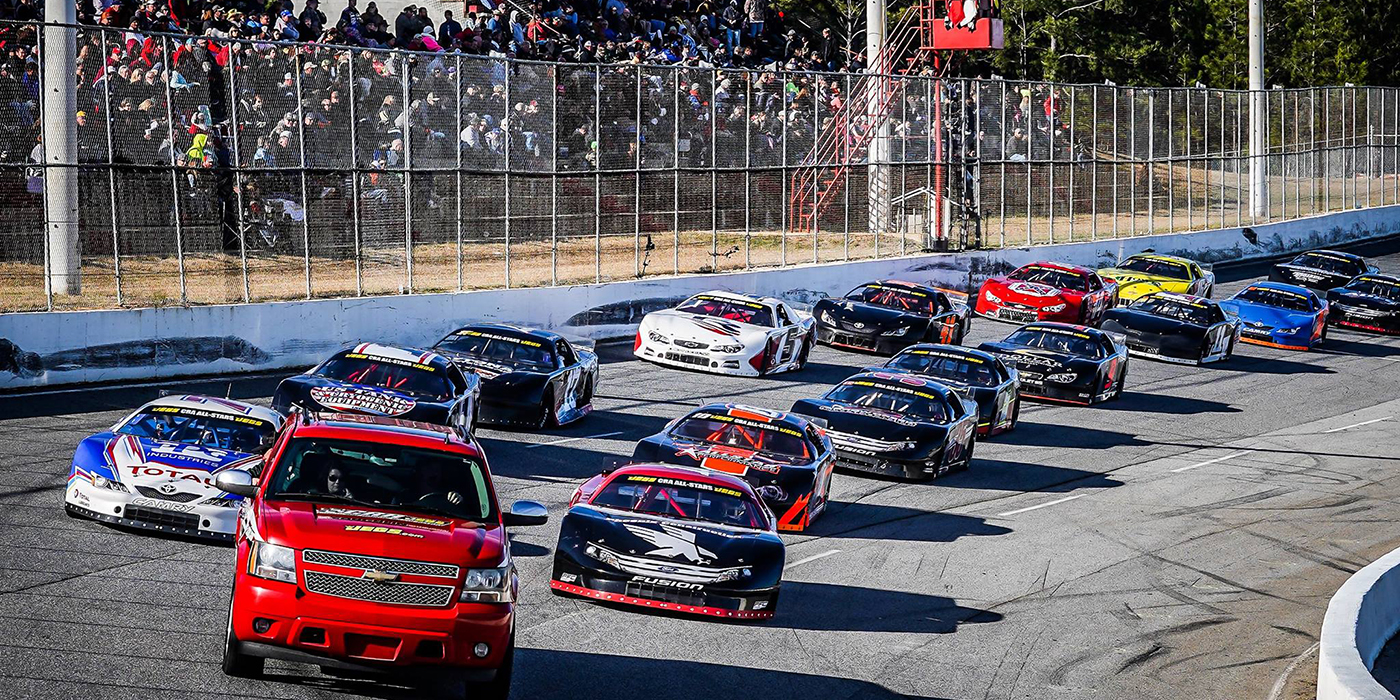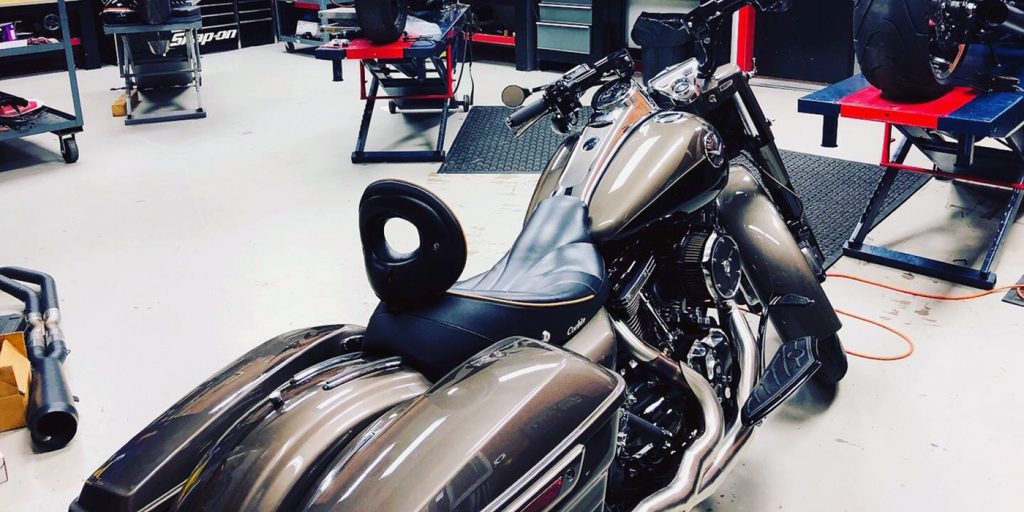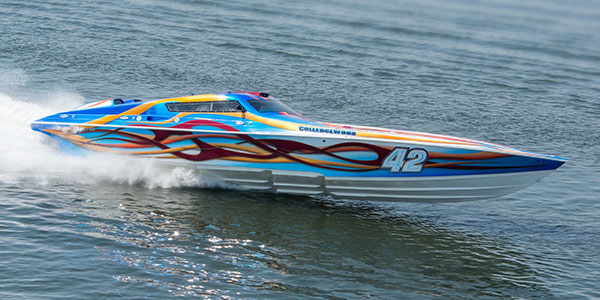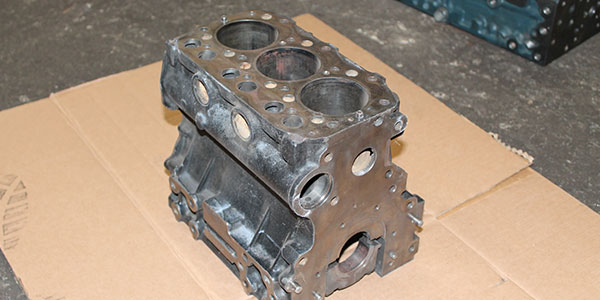When you think about drifting as a form of racing, you might think it’s been around forever. However, it has a fairly brief history when compared to other forms of motorsport and racing. Drifting was first popularized in Japan during the ‘70s when drivers such as Kunimitsu Takahashi created many drifting techniques still used today. He inspired other Japanese drivers such as Keiichi Tsuchiya, also known as the “Drift King,” who’s skills would influence many of the professional drift drivers today.
Organized drifting events started to pop up in Japan around that time, but they didn’t occur outside Japan until the mid-‘90s. Drifting has since exploded into a form of motorsport in North America, Australia, Asia and Europe. Drifting has evolved into a competitive sport where drivers compete (almost exclusively in rear-wheel-drive cars) to earn points from judges based on various factors. The top levels of competition include series such as D1 Grand Prix in Japan, Drift Games Extreme in Ireland, Formula D here in the United States, Drift Allstars, King of Europe, Drift Masters and the British Drift Championship in Europe, WDS in China, RDS in Russia, Formula Drift Asia, NZ Drift Series in New Zealand, the Australian Drifting Grand Prix, Spec – D Drift Series in Western Canada, and the Greek Drift Championship (Drift Wars), which have all come along to further expand drifting into a legitimate motorsport worldwide.
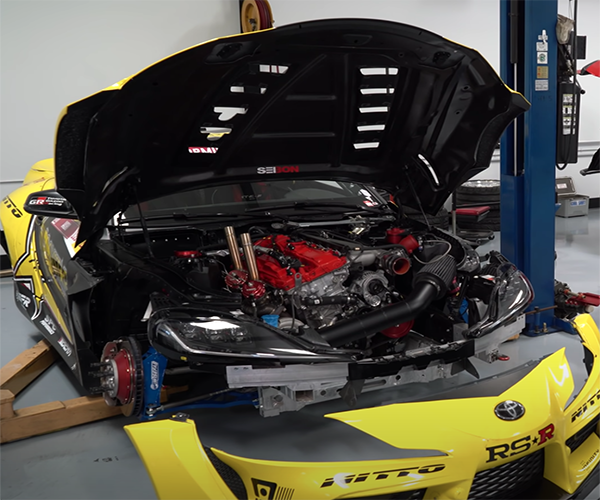
Drivers within these series are able to keep their cars sliding for extended periods of time, often linking several turns. Judging takes place on just a small part of the circuit, a few linking corners that provide good viewing and opportunities for drifting.
Formula Drift, or Formula D, here in the U.S., became a reality just 17 years ago when Jim Liaw and Ryan Sage founded the sanctioning body with an announcement at the 2003 SEMA Show. Formula D has since become the top United States drifting series. In this series, drivers get two chances to qualify for the single elimination top-32 tandem field. The judging criteria for these two runs comes down to three things – line, angle and style.
The ideal drift line is stipulated by the judges at each track, often pushing drivers to use the entirety of the course from wall-to-wall. The line is marked by inner clipping points and outer clipping zones.
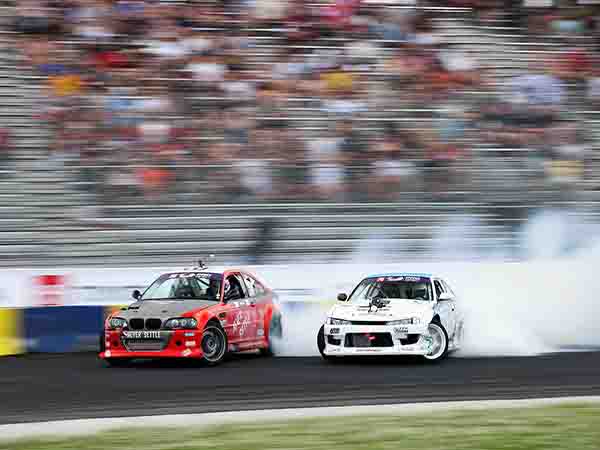
Judging a drift’s angle means monitoring the overall steering and slip angle that a driver uses while navigating the ideal line through the course. Steering adjustments should be minimal and transitions should be smooth for maximum points.
Finally, judging style involves monitoring three things – initiation, fluidity and commitment – each worth various points in scoring. Initiations should occur as early as possible with a quick rate of angle and no major corrections. Drivers who keep their car smooth and settled at all times without steering corrections will do well in the fluidity category. Commitment is judged by throttle application, maintained pace and rapid approaches to close proximity with the barriers and track edge.
In tandem passes, the lead driver is followed by a chase driver. Tandem battles are judged based on a combination of two runs. When in the lead, the driver is expected to adhere to qualifying requirements and set the pace. While chasing, drivers must push to maintain proximity and keep pressure on the leading car while mimicking the leader’s angle and line and make as few corrections or mistakes as possible. Points are awarded for each pass and one driver prevails.
Drift Cars
Drift cars are usually light- to moderate-weight rear-wheel-drive coupes and sedans, offering a large range of power levels. There have also been all-wheel-drive cars and front-wheel-drive cars that have been converted to rear-wheel drive.
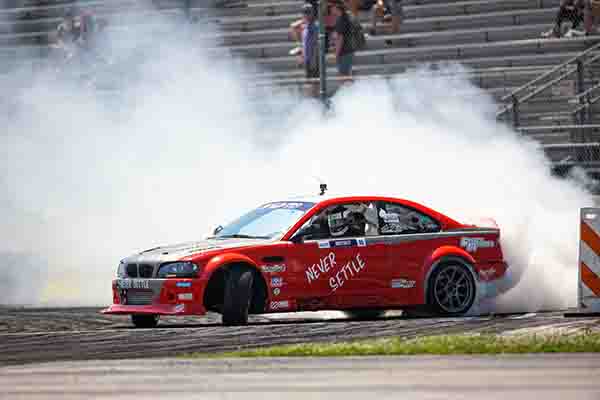
Despite the possibility of obtaining desirable Japanese domestic market (JDM) vehicles in continents outside Japan, drifters in other countries prefer to use local versions of the same cars (for example, a Nissan 240SX instead of a Nissan Silvia S13), or even domestic cars. A high volume of Japanese imports were brought to countries such as Australia and New Zealand, however, it is not unusual to see Holden Commodores or Ford Falcons used in drifting competitions.
The American market saw a relatively high volume of JDM cars being imported over the last decade, despite Japanese domestic vehicles being right-hand-drive only. Locally-sold imports such as the Lexus SC and Nissan 240SX feature heavily in American drifting, but they are usually modified with JDM engines to mirror their Japanese domestic equivalents.
In the UK, there is also a high level of Japanese imports used within the drifting scene, due in part to the UK sharing a right-hand drive layout with Japan. That said, there are plenty of UK and European models used as drift cars such as older BMWs like the E30, E36 and E46.
In the Formula Drift Professional series, cars range from highly tuned Japanese automobiles reflecting the original styles of drifting to all-new makes and models.
Drift Drivetrain
When it comes to the drivetrain, a mechanical limited slip differential (LSD) is considered essential for drifting. Drifting with an open or viscous differential in a sustained slide generally yields relatively less impressive results. All other modifications are secondary to the LSD.
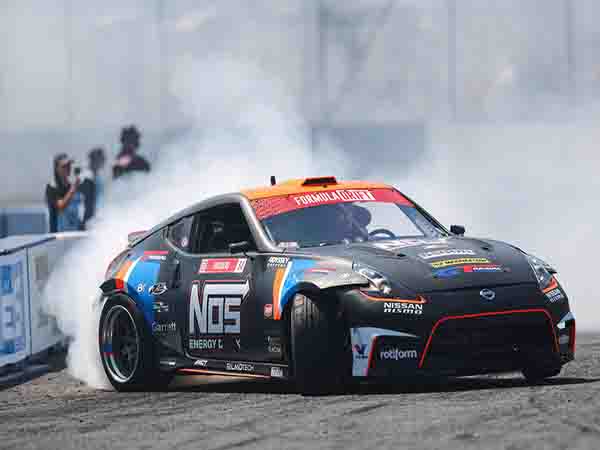
The preferred form of LSD for drifting is the clutch type, in “two-way” form, for its consistent and aggressive lockup behavior under both acceleration and deceleration. Some drift cars use a spool “differential” where the wheels are locked to each other. Drifters on a budget may use a welded differential, where the side gears are welded to give the same effect as a spool. This makes it easier to break rear traction, because it reduces maximum traction in all situations except traveling in a straight line. However, welded differentials have an inherent risk involved due to the tremendous amount of internal stress. The welds may fail and the differential could completely lock up leaving the rear wheels immobilized. Helical torque-sensing differentials are also adequate. It is common for drifters to change the final gear ratio depending on the type of track layout.
The clutches on drift cars tend to be very tough ceramic-brass button or multiple-plate varieties for durability, as well as to allow rapid “clutch kick” techniques to upset the grip of the rear wheels. Gearbox and engine mounts are often replaced with urethane or aluminum mounts and dampers are added to control the violent motion of the engine and gearbox under these conditions. The driveshafts are often replaced with carbon fiber driveshafts, as they offer the highest rotational mass savings, are stronger than alternative metals and are flexible enough to absorb and dissipate vibrations, thus easing the load on the gearbox as well as the rest of the drivetrain.
Gear sets may be replaced with closer ratios to keep the engine in the power band. On some cars that produce enough power and torque, four-gear transmissions can be used with more open-ratio gears, which limits the number of shifts the driver has to do during their run. Wealthier drifters may use sequential gearboxes to make gear selection easier and faster, while sequential shift lever adapters can be used to make shifts easier without increasing shift time.
Steering and Suspension
Steering angles are also crucial as drift drivers progress. The first stage of these modifications is usually a modified steering knuckle or upright. Extended control arms can be employed on MacPherson strut vehicles like the Nissan S-chassis to allow for more clearance for higher steering angles. Many aftermarket companies have developed full lock kits including modification of the vehicle’s original scrub radius, kingpin axis, Ackermann angle, amount of bump steer, caster angle, and kinematics as to maximize front grip and eliminate mechanical bind at steering angles in excess of 60-degrees.
While MacPherson strut vehicles are prevalent in professional drifting, double wishbone suspension vehicles can also be competitive with often better caster and camber curves.
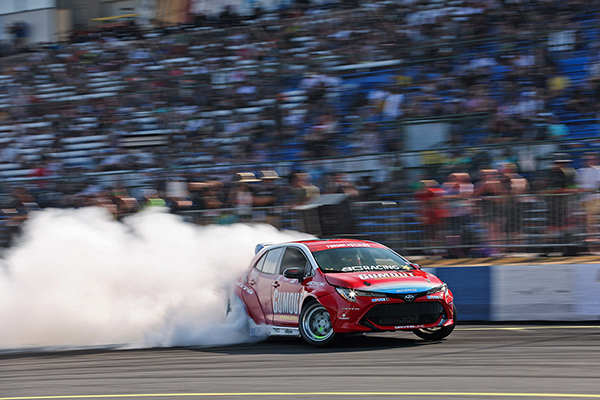
Springs and shock absorbers are also tuned for higher skill levels, depending on track layout.
Typically, dedicated drift cars are modified to eliminate Ackermann steering geometry, which is included on almost all production cars. While Ackermann geometry is helpful in making a car turn easier, it inhibits the ability to slide sideways at full lock necessary to compete in drifting.
Inside the car, nearly all drivers move the hand brake location or add an extra hydraulic hand brake actuator for greater braking force. And, additional gauges are used to monitor boost levels, oil pressure and temperature, intake and coolant temperatures, and air-fuel ratio, among other data.
Lastly, in the United States, competitive drifters are required to run U.S. DOT-approved (road-legal) tires. The only thing that keeps cars even in terms of performance is weight and tires. The cars are kept in weight classes with big tires allowed for only the heaviest cars, smaller ones approved for the lighter cars. You can’t go to a bigger tire without a weight penalty. The weight/tire balance is meant to keep the racing close, so no one builds a super-light car with big tires and walks away from the field.
Engines
Due to no power limit restrictions in the Formula D series, it is not uncommon for competitors to use a variety of different powerplants. Popular variations of Chevrolet LS engines are often seen bolted down to Japanese frames. With the continuous evolution of the sport, more powerful American V8 engines or classic Nissan RB26DETT and Toyota 2JZ-GTE engines have become the norm.
While many engines can be suited well for drifting, there are certainly more popular ones than others, such as the Toyota 4A¬GE, the Nissan SR20DET, Nissan’s RB series engines, GM’s LS V8, the Toyota 2AR¬FE, Mazda’s 13B Rotary, and Toyota’s 1JZ¬GTE and 2JZ¬GTE.
Many drift racers compete with import vehicles (and engines), but there is a growing number running V8-powered Mustangs, Corvettes and Camaros or V8-swapped cars as well. If the car has a front mounted engine and rear-wheel drive, it’s a potential drifting machine.
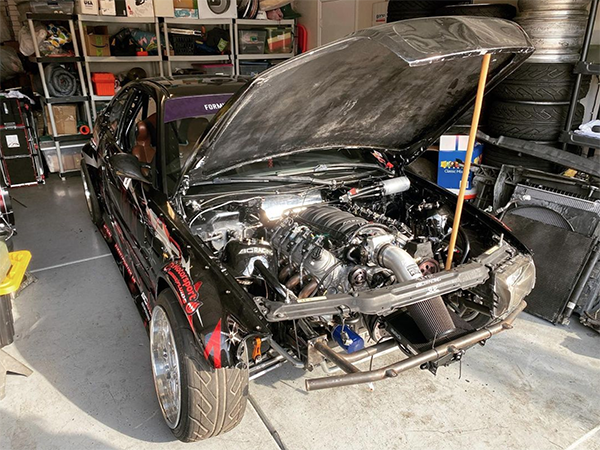
Transmissions must be manual with a manual clutch release operated by the driver’s foot. Automatic transmissions are prohibited, and the rules make clear that no electronic or hydraulic shifting is allowed.
In a typical race series, turbos would be balanced against naturally-aspirated cars. Fuel would be restricted. There are rules about how to modify your car, but they’re either for safety or to keep cars from becoming too custom and too far from the production-base model.
Drifting, by nature, is a shock to the drivetrain because you have to induce oversteer rather violently through clutching and handbraking. No matter how good the car is built, teams are continually breaking parts. However, a well-built car, a good driver and a lot of maintenance can usually be a winning combo.

